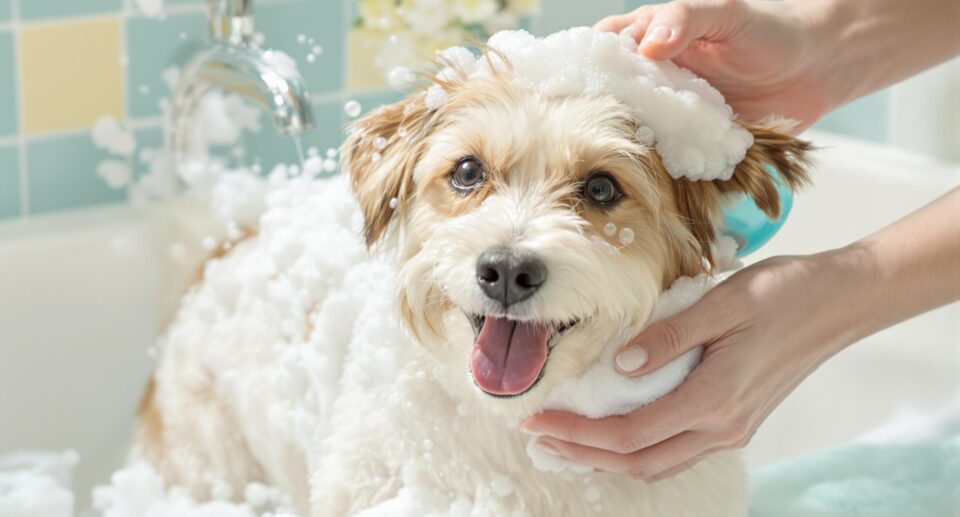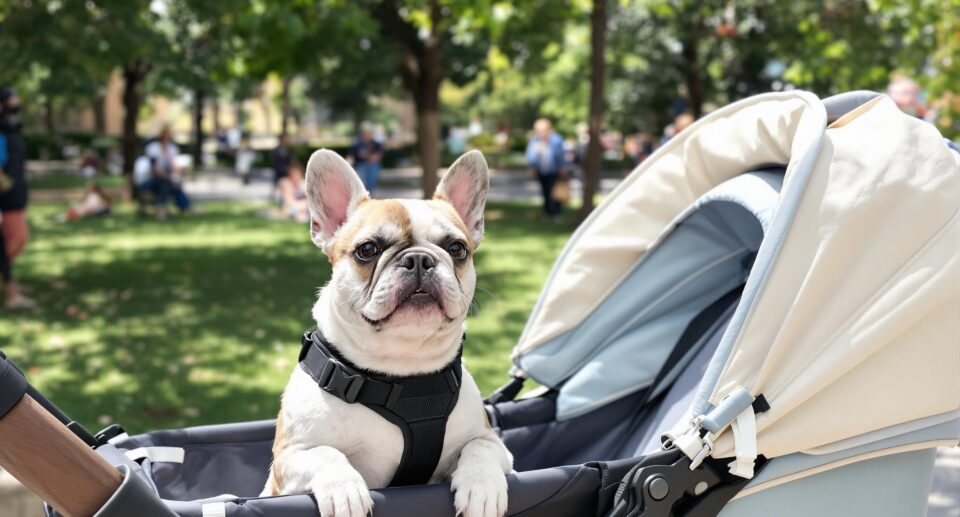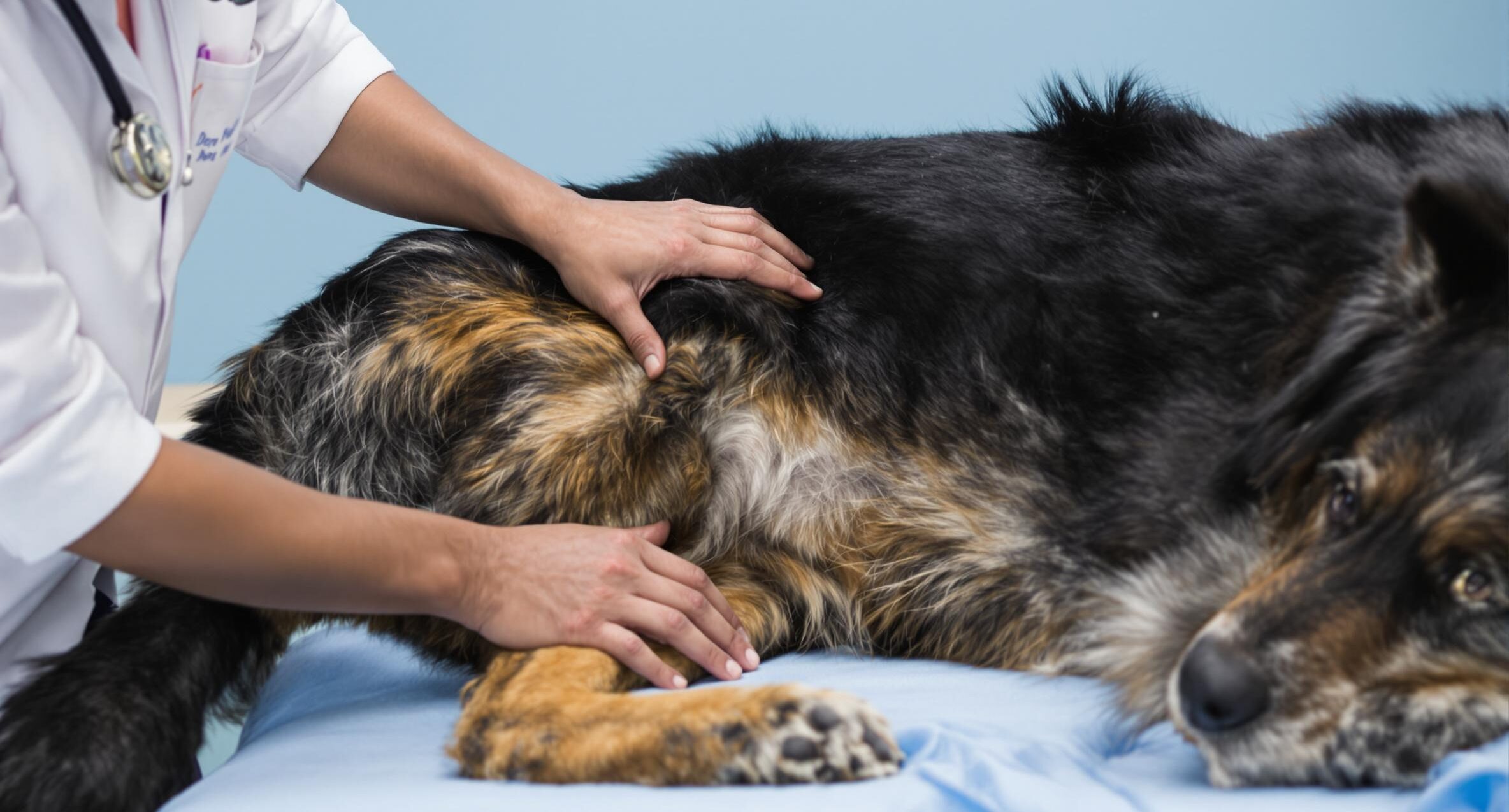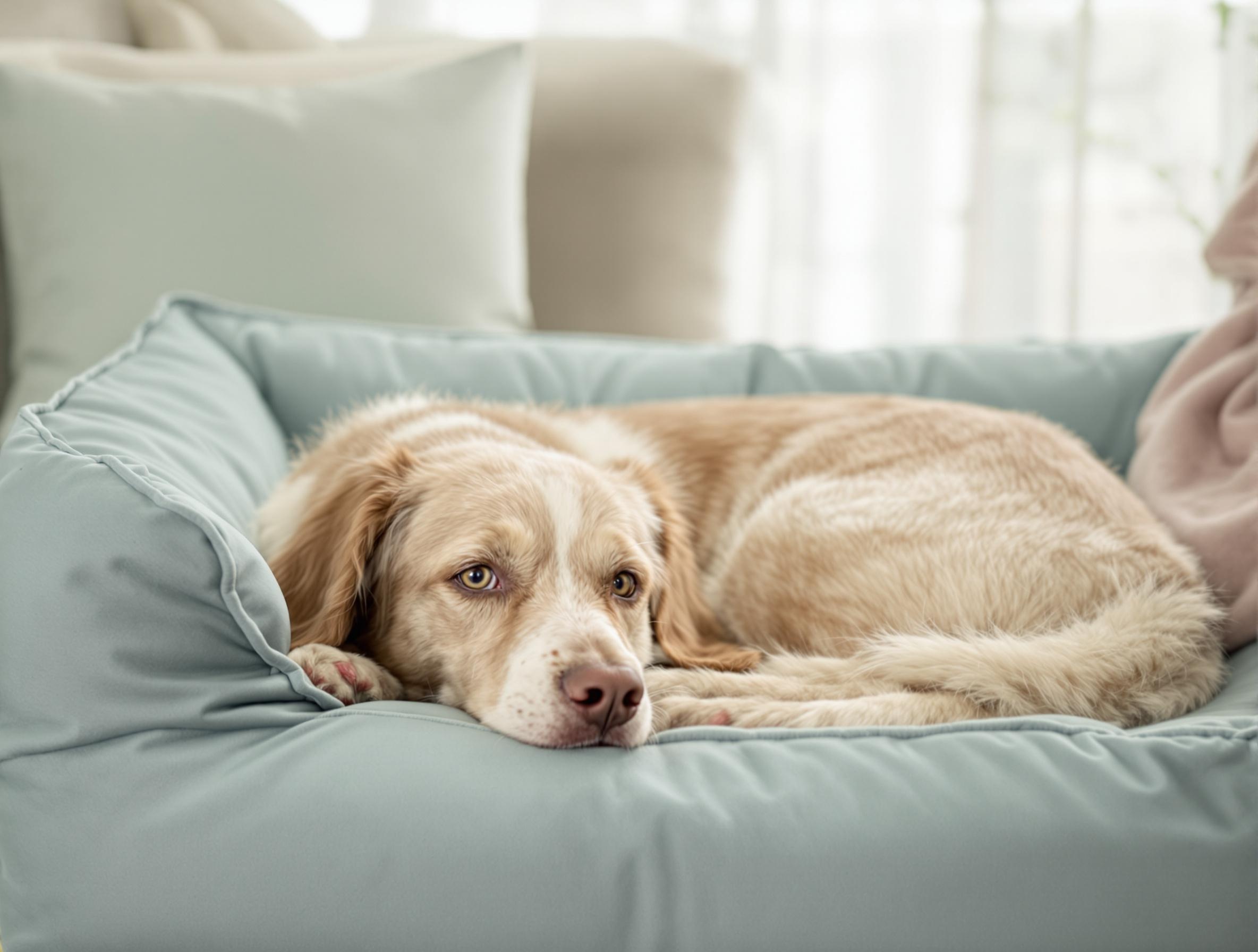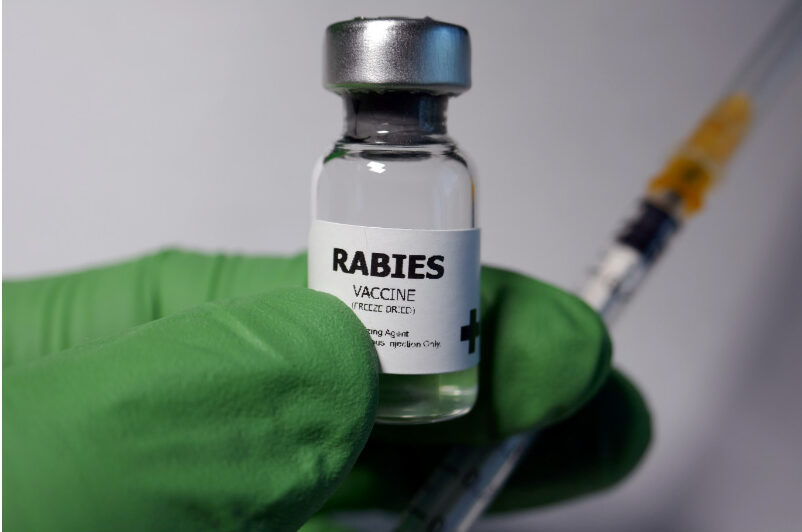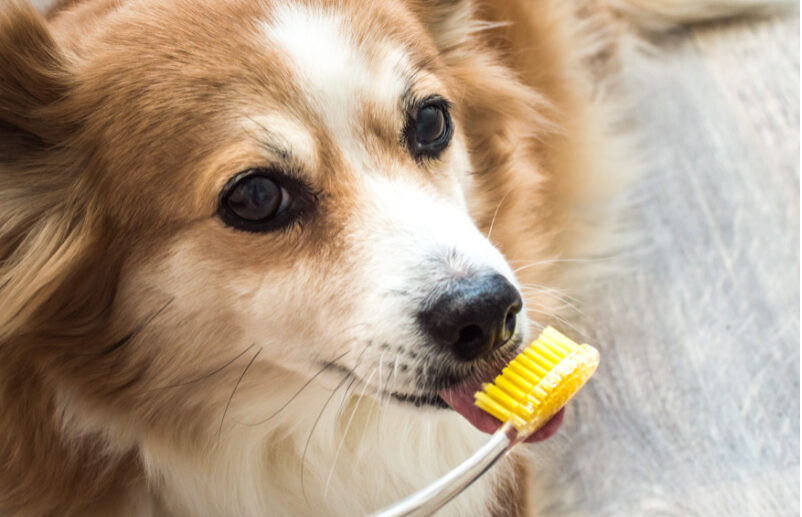
Maintaining your pet’s oral hygiene means more than simply having fresh breath. Dental hygiene is directly linked to other components of your pet’s overall health, including your pet’s heart, kidneys, and liver.
Try an alternative dental product
Brushing your pet’s teeth may initially be difficult and uncomfortable for your pet. If this is the case, you may want to consider an alternative product and progress to a toothbrush once your pet is more comfortable with the experience.
Use toothpaste formulated for pets
Human toothpaste is not intended to be swallowed by pets as pet toothpastes are. Sodium lauryl sulphate is a common ingredient found in human toothpaste and causes a foaming action, which pets dislike.
Be patient when brushing
When starting out, be patient when attempting to brush your pet’s teeth. Initially your pet may be uncomfortable with the process, which is normal. Try to be as comforting with your pet as possible. For cats you may want to wrap them in a blanket or towel to prevent scratching. Keep brushing sessions short to allow your pet to become familiar with the experience. Start with five second sessions and work up to two minutes day.
Follow up with dental rinses, chews, and treats
Using a water additive, chew or treat in addition to brushing can help maintain your pet’s oral health and fresh breath. Water additives can be added to your pet’s water bowl to kill bacteria both in the both and as your pet drinks. Even treat time can have it’s benefits! When rewarding your pet, consider a chew or treat formulated for dental care.
Brushing only removes plaque. If you notice tartar buildup on your pet’s teeth and gums, you will need to schedule a professional dental cleaning for your pet with your veterinarian.
Why should I brush my pet’s teeth?
We all love a pet with a healthy mouth and sweet breath, and brushing your pet’s teeth only takes approximately two minutes a day. Your pet will love you for it, and your pet’s heart, kidneys, and liver, which are directly influenced by oral health, will benefit.
Two common problems dogs with poor oral hygiene have, are loose and abscessed teeth. You don’t want your pet to have one of these, so brushing is very important. Studies show that 98% of dogs with bad breath are suffering from periodontal disease, a result of plaque build up. So, get pet toothpaste, a toothbrush or finger toothbrush, and follow the steps below to get started.
The principles of brushing your dog’s and cat’s teeth
- Make it fun.
- Brush as much of the tooth surface as possible.
- The junction of tooth and gum is the most important area to brush.
- Focus on upper and outer molars.
- Keep introductory sessions short – 5 seconds, and work up to 2 minutes each day.
Equipment for brushing your pet’s teeth
- Pet toothpaste with enzymes.
- Small toothbrush or finger cot.
10 steps for brushing your pet’s teeth
- Initiating the process may be challenging at first, however, the key is to relax and have patience as it may take several attempts before successfully brush your pet’s teeth.
- Have your pet sit in a relaxed position.
- Massage or gently stroke your pet’s cheeks for several seconds every day.
- Introduce toothpaste to your dog or cat by dabbing it on a treat or letting your pet lick off it your finger. Repeat this process for several days to familiarize your pet with the taste.
- Dab toothpaste on a small toothbrush or finger toothbrush and without brushing, place into your pet’s mouth for a few seconds. Gradually increase to 15-30 seconds, still without brushing.
- Once your pet is comfortable with this process, prep the toothbrush with toothpaste and slowly brush one tooth starting at the gum line working your way up to cover the entire tooth. Gradually increase to brushing several teeth.
- Retract the lips creating a smile and brush the back molars. Gradually increase brushing time to a total of 1 minute for the upper dental arcade and 1 minute for the lower arcade.
- If your pet tolerates only a short period of brushing, concentrate on the upper and outer molars.
- Over the next few days gradually increase brushing time to 1 minute on the upper teeth, and 1 minute on the lower teeth.
- Praise your pet!
How does pet toothpaste differ from human toothpaste?
- Human toothpaste, while not poisonous, is not meant to be swallowed.
- Pets should not have toothpastes with fluoride.
- Human toothpaste foams because it contains sodium lauryl sulphate.
Which pet toothpaste is best to use?
- Pet toothpaste is flavored. Favorite flavors are usually poultry, malt, and seafood.
- The best toothpastes for pets contain enzymes, such as glucose oxidase and lactoperoxidase, that dissolve plaque on the teeth.
- The best pet toothpastes do not contain sugar or sugar substitutes.

